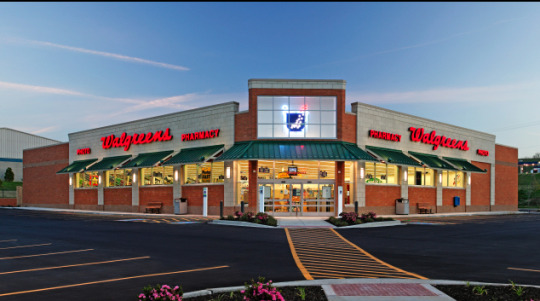
All retailers know the importance of being “on brand.” There are certain terms, images and even colors that can align with a brand and create a strong association for consumers.
Walgreens, however, experienced the downfall of focusing too much on brand by making associates conclude every interaction with “Be well.” While the sentiment was there, it eventually became robotic, and the retailer is now rethinking its strategy.
The retailer sent a memo to employees, which was then obtained attained by the Chicago Tribune, outlining new requirements for customer service. Instead of saying “Welcome to Walgreens” and “Be well,” associates are required to learn customers names, thank them if they make a purchase and try to personalize conversations based on what they learn shoppers.
Was such a shift required? Should Walgreens take notes from other retailers on how to personalize relationships with in-store shoppers? The RTP edit team shares their thoughts:
Debbie Hauss, Editor-in-Chief: I definitely think the scripted messaging is a failure waiting to happen. Retailers really need to invest in their relationships with employees to motivate them to be brand advocates – then they will say the right things to customers in their owns ways, which will come across as genuine and authentic. I have the best brand experiences with smaller, local businesses where employees really feel like they can be themselves. I think larger companies can learn a lot of great lessons from these small companies about the value of motivating employees to have a personal stake in the brand.
Alicia Fiorletta, Senior Editor: I think retailers walk a fine line between being on brand and being inauthentic. Yes, it’s important that everyone represents the brand in a consistently positive and professional light, but they also have to show their own personalities, too. That’s the only way associates can build relationships. If retailers have strict rules and guidelines about how their employees can interact with shoppers, I could see them quickly getting annoyed, frustrated and uninspired to do a good job. I always see Nordstrom as a shining example of a retailer that encourages employees to connect with shoppers, learn more about them and provide highly relevant advice and recommendations.
Rob Fee, Managing Editor: “Be well,” is not a meaningful interaction; it’s a scripted interaction that I imagine few customers responded to. Customers don’t want to hear a robotic tagline at the end of a transaction any more than employees want to say it. While I appreciate a friendly staff, I also prefer anonymity while I shop in a drug store. So I might not be the right target for this program. That said, Walgreens’ new emphasis on one-to-one engagement is much more meaningful than “be well,” and I imagine it will work well with its pharmacy customers. Those customers have incentive to know and trust their pharmacist, and a script will never build that trust.
Kim Zimmermann, Senior Managing Editor: I think the key to this type of interaction is to have associates go beyond just a scripted greeting and ask questions to really have a one-on-one interaction. I recently purchased running shoes at DICK’S Sporting Goods, and after the initial “Hi, how can I help you,” the associate asked some great questions to find me the right shoe for my needs.
Glenn Taylor, Associate Editor: I think Costco does a good job in handling the greeting aspect of the retail brand. While they have someone at the front to engage with consumers as they walk in, the ones I’ve interacted with generally just seem to have fun talking to as many people as possible. Sure they might rehash a phrase or two, but it doesn’t really feel forced and it creates a warm environment for the shopper upon entry. On the other end, I understand that retailers want to bolster their consumer base through loyalty programs, but those that constantly ask if you have a card for a purchase can get old quickly. The gesture is valiant and I can see why many customers would be enthused about it, but if I’m not stopping by every week than I don’t need to be totally inundated with the brand experience.
Brian Anderson, Associate Editor: In order to create one-on-one engagement, retail employees need to be motivated to start the discussion. Personally, I tend to avoid any/all interactions with retail employees up until I’m making the purchase, but when a cashier asks me how my day is going, it definitely has a positive impact on the shopping experience. Grocery shopping at my local ShopRite is always better when an employee goes out of their way to start a conversation that doesn’t have an end motive.
What do you think? Will eliminating “Be well” be beneficial for Walgreens? How can retailers build in-store relationships by embracing personalization?






